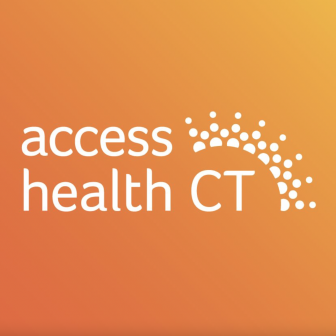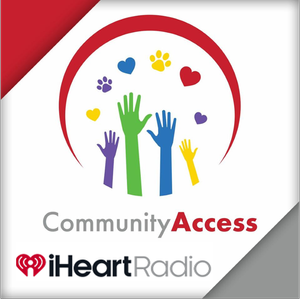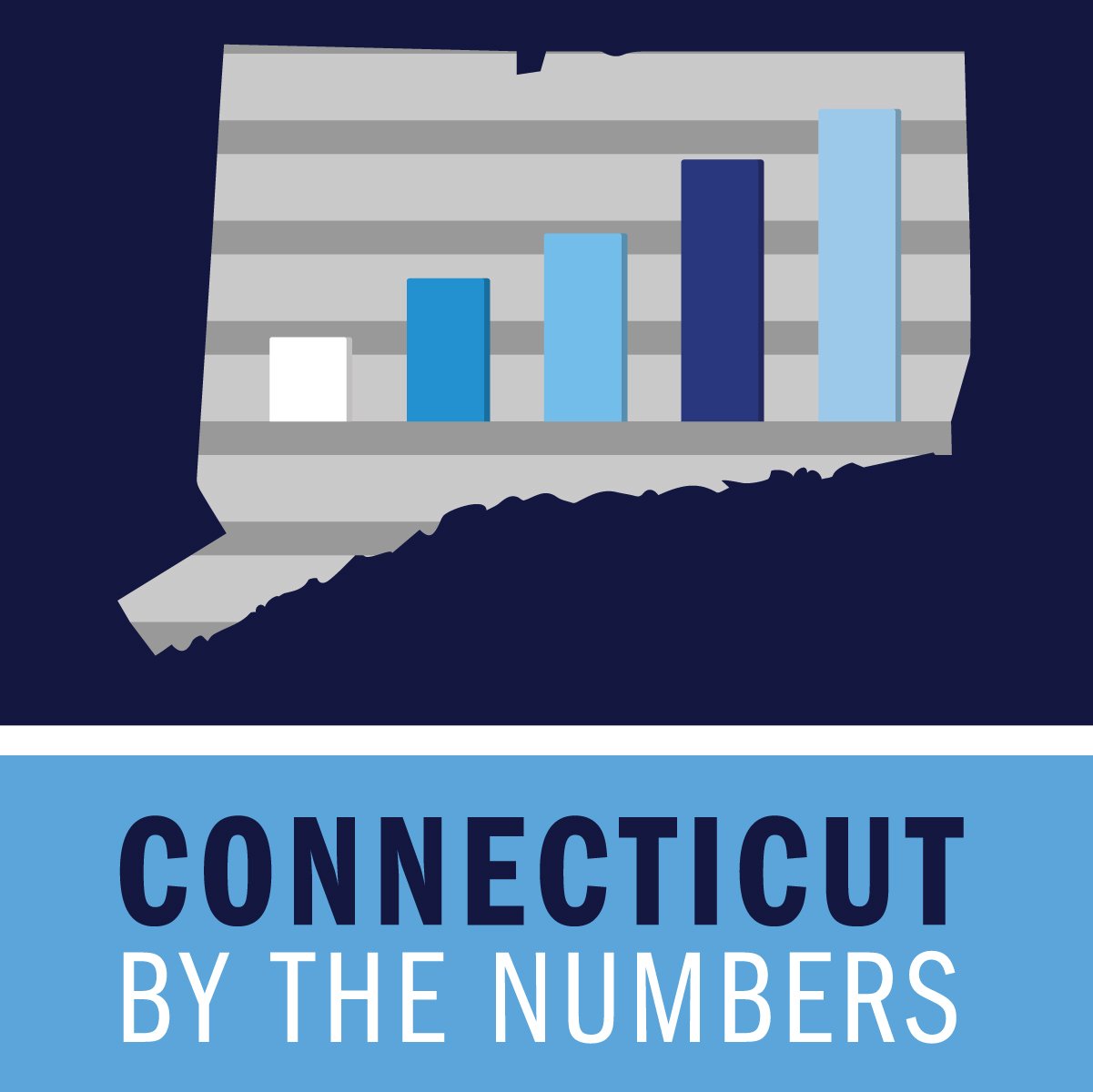Schools of Distinction in Connecticut; 116 Earn Designation
/Over 100 schools statewide across Connecticut have been recognized by the Connecticut State Department of Education (CSDE) as 'Schools of Distinction' for the 2015-2016 school year.
The state recognized 116 schools for high academic achievement and high growth, including 15 schools within the state's Alliance District program. The state's alliance district program is a targeted investment in Connecticut's 30 lowest-performing districts.
To qualify for the distinction designation, schools cannot have high achievement gaps or high graduation rate gaps, and must also meet participation rate requirements. 'Schools of Distinction' are schools that meet the following criteria, according to the CSDE.
- the top ten percent of schools using the Accountability Index score;
- the top ten percent of schools with the highest growth for all students or for the high-needs group (free or reduced price lunch, English language learners, and students in special education); or
- the top ten percent of schools (among those without growth) with improvement in Accountability Index.
Danbury, Greenwich and Ridgefield have six schools each on the list, the most of any district in the state.
Shelton, Stratford and Trumbull had four schools among those designated, and Glastonbury and Regional School District 12 each had three schools earn a slot on the list. West Hartford had three schools named, Braeburn, Bugbbee and Whiting Lane..
Two Capital Region Education Council (CREC) schools made the list, The Ana Grace Academy of the Arts Elementary School and the University of Hartford Magnet School. CREC renamed one of its magnet schools in 2014 in honor of Ana Grace Marquez-Greene, a former Hartford resident who was among the young victims of the Sandy Hook school shooting.
2015-2016 Schools of Distinction
- Anna H. Rockwell School, Bethel
- Frank A. Berry School, Bethel
- Bolton High School, Bolton
- Mary R. Tisko School, Branford
- Brass City Charter School, Waterbury
- Ana Grace Academy of the Arts Elementary School, Avon
- University of Hartford Magnet School, West Hartford
- Chapman School, Cheshire
- Norton School, Cheshire
- Lewin G. Joel Jr. School, Clinton
- M. Wright Technical High School, Stamford
- Ellsworth Avenue School, Danbury
- Hayestown Avenue School, Danbury
- Mill Ridge Primary School, Danbury
- Morris Street School, Danbury
- Park Avenue School, Danbury
- South Street School, Danbury
- Ox Ridge Elementary School, Darien
- Royle Elementary School, Darien
- Tokeneke Elementary School, Darien
- East Haddam Elementary School, East Haddam
- Dominick H. Ferrara School, East Haven
- East Lyme High School, East Lyme
- Lillie B. Haynes School, East Lyme
- Niantic Center School, East Lyme
- Windermere School, Ellington
- Burr Elementary School, Fairfield
- Timothy Dwight Elementary School, Fairfield
- Jennings School, Fairfield
- Riverfield School, Fairfield
- East Farms School, Farmington
- Noah Wallace School, Farmington
- Union School, Farmington
- West District School, Farmington
- Eastbury School, Glastonbury
- Hopewell School, Glastonbury
- Nayaug Elementary School, Glastonbury
- Wells Road Intermediate School, Granby
- International School at Dundee, Greenwich
- North Mianus School, Greenwich
- North Street School, Greenwich
- Old Greenwich School, Greenwich
- Parkway School, Greenwich
- Riverside School, Greenwich
- Northeast Academy Elementary School, Groton
- B. Butler School, Groton
- Guilford Lakes School, Guilford
- Regional Multicultural Magnet School, New London
- Litchfield Intermediate School, Litchfield
- Southeast Elementary School, Mansfield
- Casimir Pulaski School, Meriden
- Thomas Hooker School, Meriden
- Orange Avenue School, Milford
- Pumpkin Delight School, Milford
- Oakdale School, Montville
- Western School, Naugatuck
- East School, New Canaan
- New Canaan High School, New Canaan
- West School, New Canaan
- Conte/West Hills Magnet School, New Haven
- Anna Reynolds School, Newington
- Hawley Elementary School, Newtown
- Green Acres Elementary School, North Haven
- Ridge Road Elementary School, North Haven
- North Stonington Elementary School, North Stonington
- Wheeler High School, North Stonington
- Samuel Huntington School, Norwich
- Thomas W. Mahan School, Norwich
- Kathleen E. Goodwin School, Old Saybrook
- Moosup Elementary School, Plainfield
- Plainfield Central School, Plainfield
- Plymouth Center School, Plymouth
- Brownstone Intermediate School, Portland
- Redding Elementary School, Redding
- Harwinton Consolidated School, Harwinton
- Booth Free School, Roxbury
- The Burnham School, Bridgewater
- Washington Primary School, Washington Depot
- Burr District Elementary School, Higganum
- Haddam Elementary School, Higganum
- Lyme Consolidated School, Lyme
- Mile Creek School, Old Lyme
- Barlow Mountain Elementary School, Ridgefield
- Branchville Elementary School, Ridgefield
- Farmingville Elementary School, Ridgefield
- Ridgebury Elementary School, Ridgefield
- Scotland Elementary School, Ridgefield
- Veterans Park Elementary School, Ridgefield
- West Hill School, Rocky Hill
- Chatfield-LoPresti School, Seymour
- Booth Hill School, Shelton
- Elizabeth Shelton School, Shelton
- Long Hill School, Shelton
- Sunnyside School, Shelton
- South Windsor School District, Pleasant Valley School
- Eli Whitney School, Stratford
- Nichols School, Stratford
- Second Hill Lane School, Stratford
- Stratford Academy - Johnson House, Stratford
- Booth Hill School, Trumbull
- Jane Ryan School, Trumbull
- Middlebrook School, Trumbull
- Tashua School, Trumbull
- Yalesville School, Wallingford
- Braeburn School, West Hartford
- Bugbee School, West Hartford
- Whiting Lane School, West Hartford
- Edith E. Mackrille School, West Haven
- Seth G. Haley School, West Haven
- Daisy Ingraham School, Westbrook
- Coleytown Elementary School, Westport
- Green's Farms School, Westport
- Alfred W. Hammer School, Wethersfield
- Wilton High School, Wilton
- B. Sweeney School, Windham
- Frisbie School, Wolcott


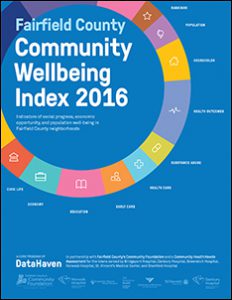
 d childcare slots for fifteen percent of the county’s children ages 0 to 2, and enough subsidized slots to cover only twenty-two percent of these youngest children in low-income households.
d childcare slots for fifteen percent of the county’s children ages 0 to 2, and enough subsidized slots to cover only twenty-two percent of these youngest children in low-income households.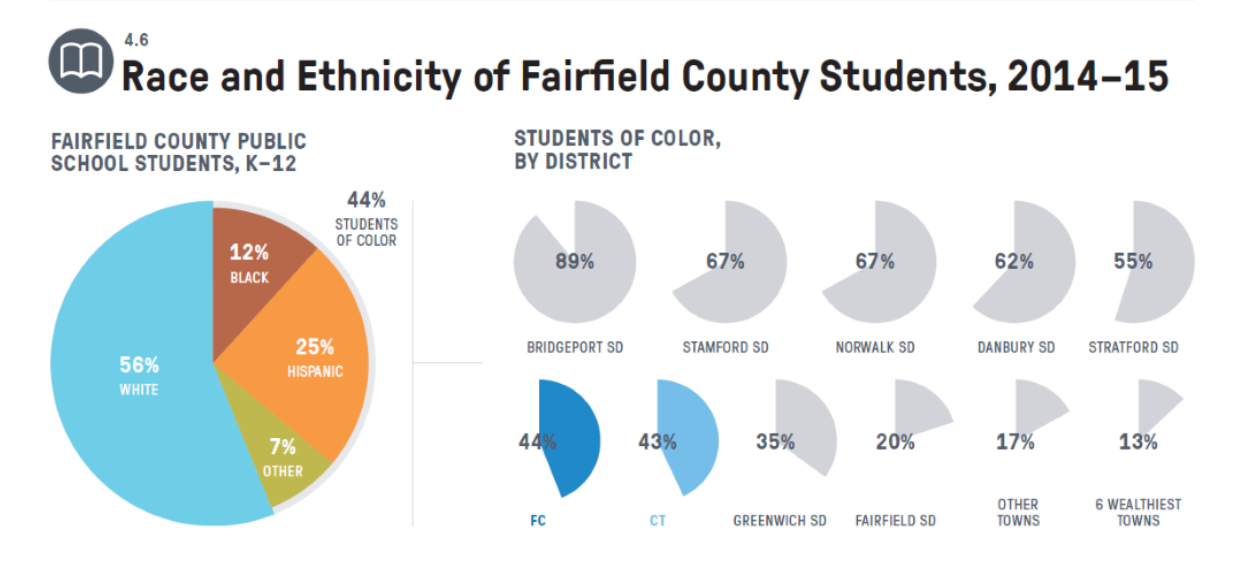
 ped the list in two additional categories: Lowest Percentage of Adults Who Experienced Pain in the Past Year Due to Oral Condition and Lowest Sugar-Sweetened Beverage Consumption Among Adolescents. The state also ranked in a tie for third for having the lowest percentage of elderly population with no natural teeth.
ped the list in two additional categories: Lowest Percentage of Adults Who Experienced Pain in the Past Year Due to Oral Condition and Lowest Sugar-Sweetened Beverage Consumption Among Adolescents. The state also ranked in a tie for third for having the lowest percentage of elderly population with no natural teeth.
 serves as an expert resource on oral health policy; and publicizes oral health policy analysis and recommendations.
serves as an expert resource on oral health policy; and publicizes oral health policy analysis and recommendations.






 “Unlike mental health consultation,” the report states, “overall health consultation is not supported with state level infrastructure and payments for health consultants to early Childhood Education sites. For private child care or preschool programs, the cost to hire a health consultant is borne by the program, with no system in place to ensure the quality of the CCHC workforce or ensure that health consultation is implemented to maximize the health and safety of children in child care.”
“Unlike mental health consultation,” the report states, “overall health consultation is not supported with state level infrastructure and payments for health consultants to early Childhood Education sites. For private child care or preschool programs, the cost to hire a health consultant is borne by the program, with no system in place to ensure the quality of the CCHC workforce or ensure that health consultation is implemented to maximize the health and safety of children in child care.”

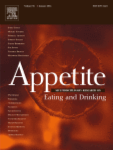
 The researchers say it’s important to look at the context in which foods are presented as well as the frequency, observing that the people they interviewed rarely noticed that food was mentioned in children’s books, nor what messages were being conveyed, UConn Today reported.
The researchers say it’s important to look at the context in which foods are presented as well as the frequency, observing that the people they interviewed rarely noticed that food was mentioned in children’s books, nor what messages were being conveyed, UConn Today reported.




